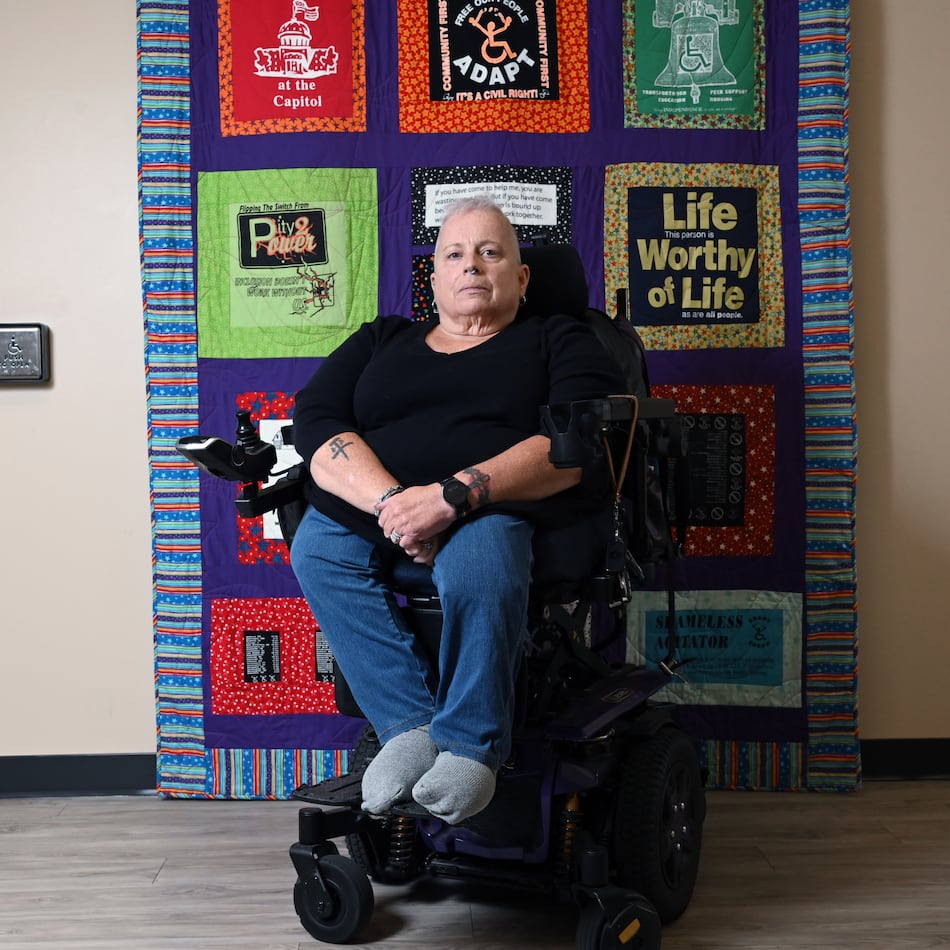Last month, Plant Riverside unveiled a bust of Martin Luther King, Jr. to celebrate his birthday. Most would agree that a memorial to the civil rights leader was overdue, but not everyone agreed with the quality of the sculpture.
The bust by artist Franco Castellucio immediately drew criticism over social media for not being an accurate representation of King. City leaders argued that the sculpture was not only a gift, but approved by the King family, so there really was no room to complain.
The bust may have generated some controversy, but it is not the first time a sculpture dedicated to African Americans divided Savannahians.
Credit: Steve Bisson/savannahnow.com
Credit: Steve Bisson/savannahnow.com
In 2002, the controversial African American Family Monument statue was unveiled on River Street after a long battle with city officials. Up until that point, Savannah had no monuments devoted to African Americans, so it was an important milestone in the city’s history.
However, some residents of Savannah were dismayed by the confusing message being sent by the monument. Its original intention was to draw attention to the many families that suffered during the slave trade, but it was decided after some debate with city leaders that the image should be softened since it would be in such a prominent spot on River Street and they didn’t want to upset tourists.
One way in which the sculpture was toned down was with the alteration of an inscription written by Maya Angelou about the hardships slaves endured during the Middle Passage. Angelou was asked to change the words to make them more palatable to tourists, so the poet added a few more lines that offered a more positive message.
The statue depicts a well-dressed African American family with chains at their feet, and many people struggled to understand what exactly it all symbolizes. One local outsider artist was so disappointed with the statue that he took it upon himself to construct a proper, unflinching memorial to the suffering of slaves.
Credit: Kristopher Monroe / For the Savannah Morning News
Credit: Kristopher Monroe / For the Savannah Morning News
In 2004, Jimmy "Double Dutch" Kimble built his Black Holocaust Memorial behind his home at Anderson and East Broad Streets. Constructed out of paper-mâché, Kimble's Black Holocaust Memorial depicts an enslaved Black man in a loincloth and chains flanked by a woman and two children.
Kimble was worried that the Black children in his neighborhood were not learning the truth about slavery — particularly from tamed images like the River Street monument — and wanted to educate them about the slaves that died for their freedom. The sculpture is also meant to teach children that they will get themselves “put in chains” if they get into trouble and have the police put handcuffs on them.
Credit: Christopher Berinato / For Savannah Morning News
Credit: Christopher Berinato / For Savannah Morning News
Despite the intense imagery of the Black Holocaust Memorial, Kimble is a warm-hearted man who loves children and is always available to meet and talk to visitors. Kimble has built upon his many other sculptures with whimsical pieces depicting animals and cartoons, such as Mickey Mouse, Winnie the Pooh, and characters from the animated film, "Finding Nemo."
Kids are always invited to hang out at his place and play or fix their bicycles with his tools, and he has even been known to host annual Christmas and Halloween gatherings for the neighborhood.
Kimble received recognition for his achievement from several politicians including former Rep. Craig Gordon of the Georgia House of Representatives. He is a singular folk artist and 20 years later his passionate artistic statement remains a shining example of the power of creativity and its impact on the community.
Christopher Berinato is the author of Secret Savannah: A Guide to the Weird, Wonderful, and Obscure.
This article originally appeared on Savannah Morning News: That’s So Savannah: Black Holocaust Memorial remains an important Savannah monument
The Latest
Featured





